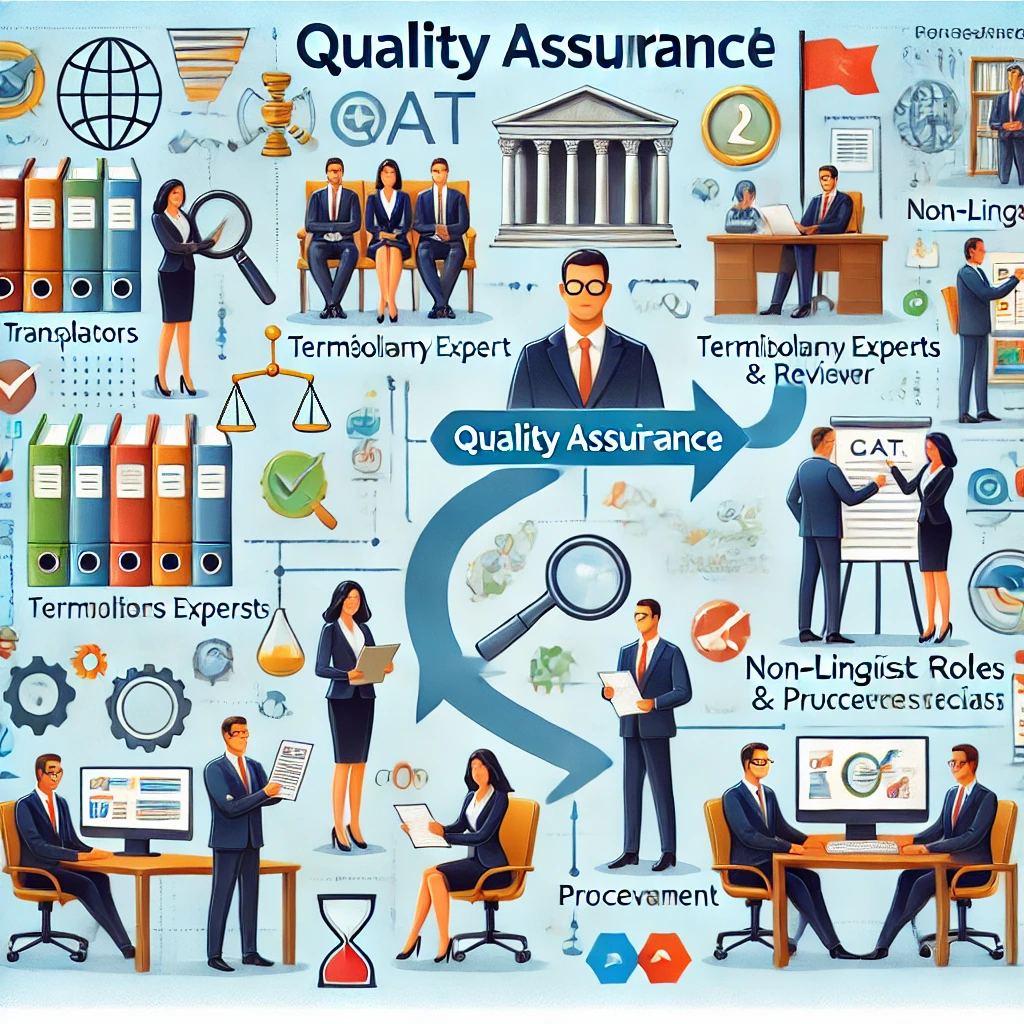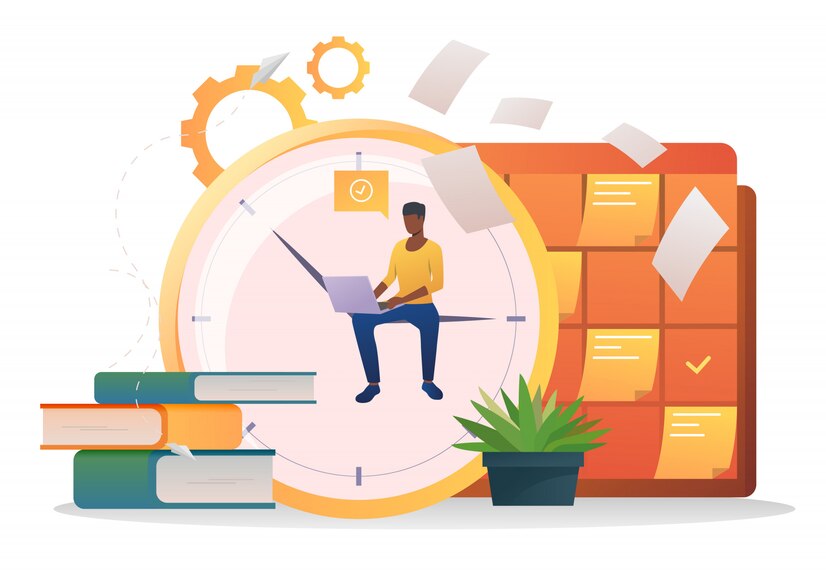Your cart is currently empty!
Author: Vikram Malhotra

Quality Assurance in Legal Translation
Legal translation services ensure accuracy and efficiency through teamwork, involving linguists and non-linguists in the translation process. Effective workflows and collaboration enhance language translation quality.

Voice-Over – the new Interface with your Audience
Voice-over services are crucial in bridging the gap between amateur and professional productions, gaining importance in fields like e-learning, audiobooks, and advertising. Clarity, modulation, pacing, and sound engineering define effective voiceovers.

Legal Translation
Legal translation involves accurately converting legal documents between languages while maintaining terminology, legal equivalence, and confidentiality, supported by expert translators and rigorous quality assurance. Certified translations enhance validity for legal, corporate, or government submissions.

Technical Translation
Technical translation requires specialized knowledge of both language and subject matter, ensuring accurate and consistent communication. It is vital for industries like automotive, medical, and software, facilitating global business expansion.

Translation & Communication
Translation facilitates communication across languages by retaining the original meaning. Professional translation involves skilled teams, while localization adapts content culturally. Key types—word-for-word, literal, conceptual, and free—fit different needs. Translators bridge linguistic divides, enabling understanding across audiences.

Multilingual Lease Abstraction – Process & Key Points
Outsourcing multilingual lease abstraction requires careful vendor selection and linguistic expertise in legal contexts. Effective abstraction hinges on a well-designed template, distinguishing general, specific, and critical data for clarity and efficiency. The process also requires linguists to act beyond translation, summarizing relevant information and ensuring due diligence for accurate legal abstraction.

Translation Process Description & Quality Assurance
It outlines a structured approach to delivering high-quality translation services, covering team setup, project planning, and glossary management to ensure accuracy. Specialized translators and subject experts handle specific content, with multi-level quality checks to catch errors early. Localization adapts translations for cultural and contextual relevance, ensuring the final product suits the target audience.

The Balancing Act
The translation services market balances cost, time, and quality, where quicker translations are cheaper but often lower in quality. Demand and supply affect pricing, with more translators available for common languages like German, making less common translations more expensive. Word count and complexity influence rates, as longer texts can lower per-word costs, while specialized fields…

Best Practices in Localization How to make every penny – count!
Localization involves more than translation by adapting design, functionality, and SEO to fit cultural contexts. Avoid machine translation and use an LSP to ensure accurate, user-friendly content. Transcreation adds creative value, while design consistency maintains brand identity across languages.

Multilingual Localization
Multilingual e-learning localization involves translating content into multiple languages, requiring complex coordination and project management. The project covered text, subtitles, voiceovers, and integration, with challenges in finding skilled linguists and managing diverse teams. Clear instructions, tracking, and collaborative tools ensured smooth execution, while treating linguists as partners fostered better cooperation.









